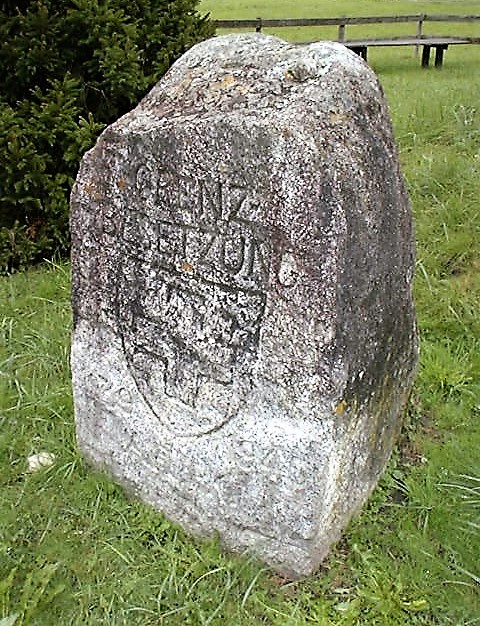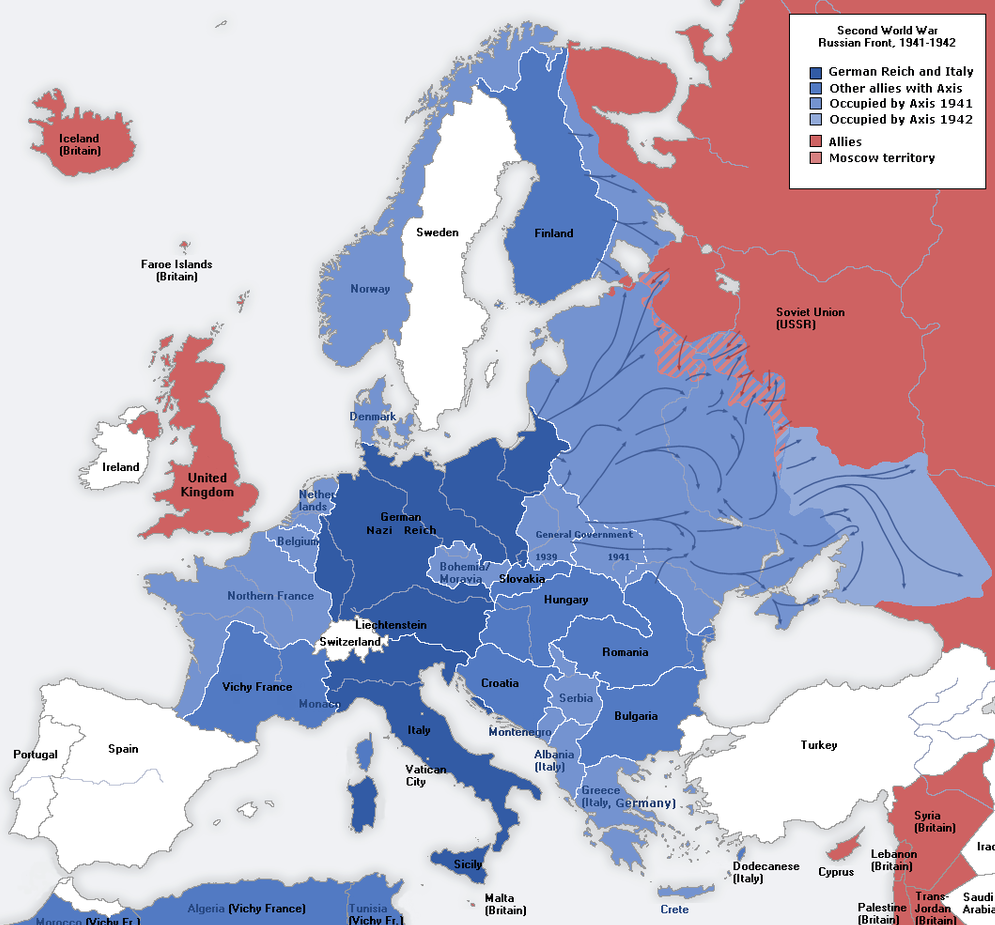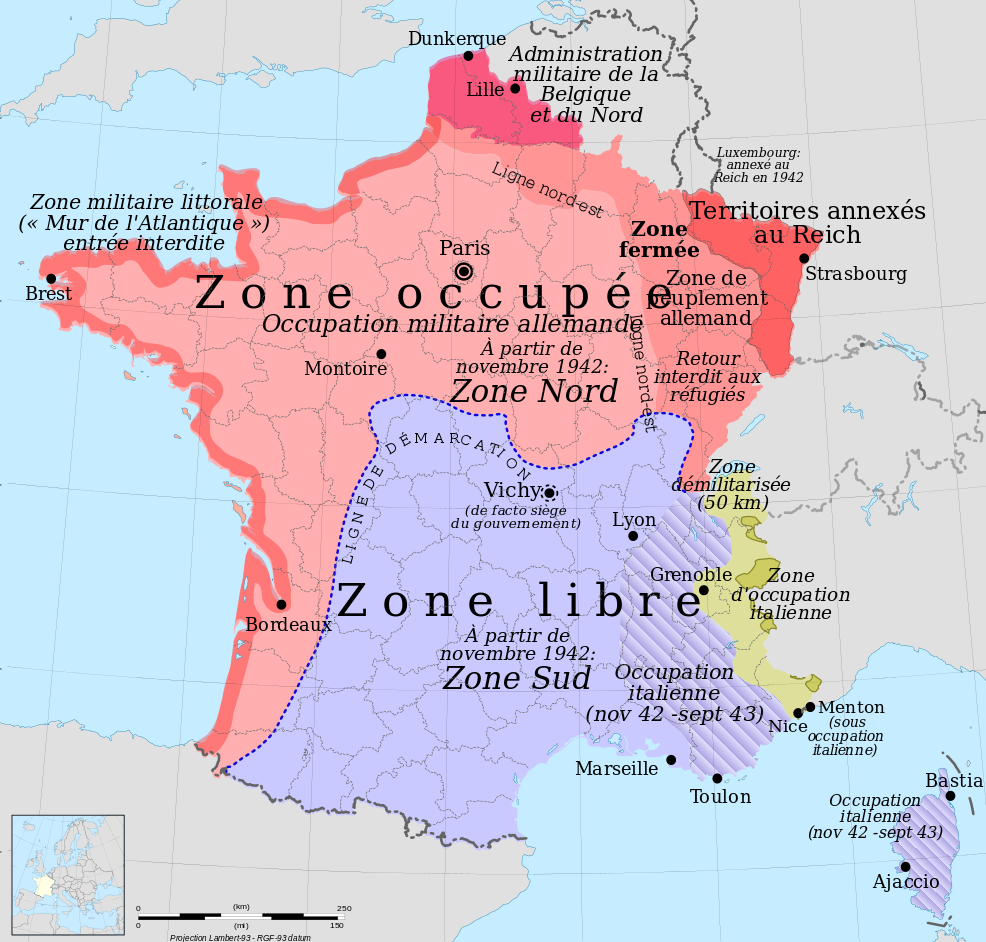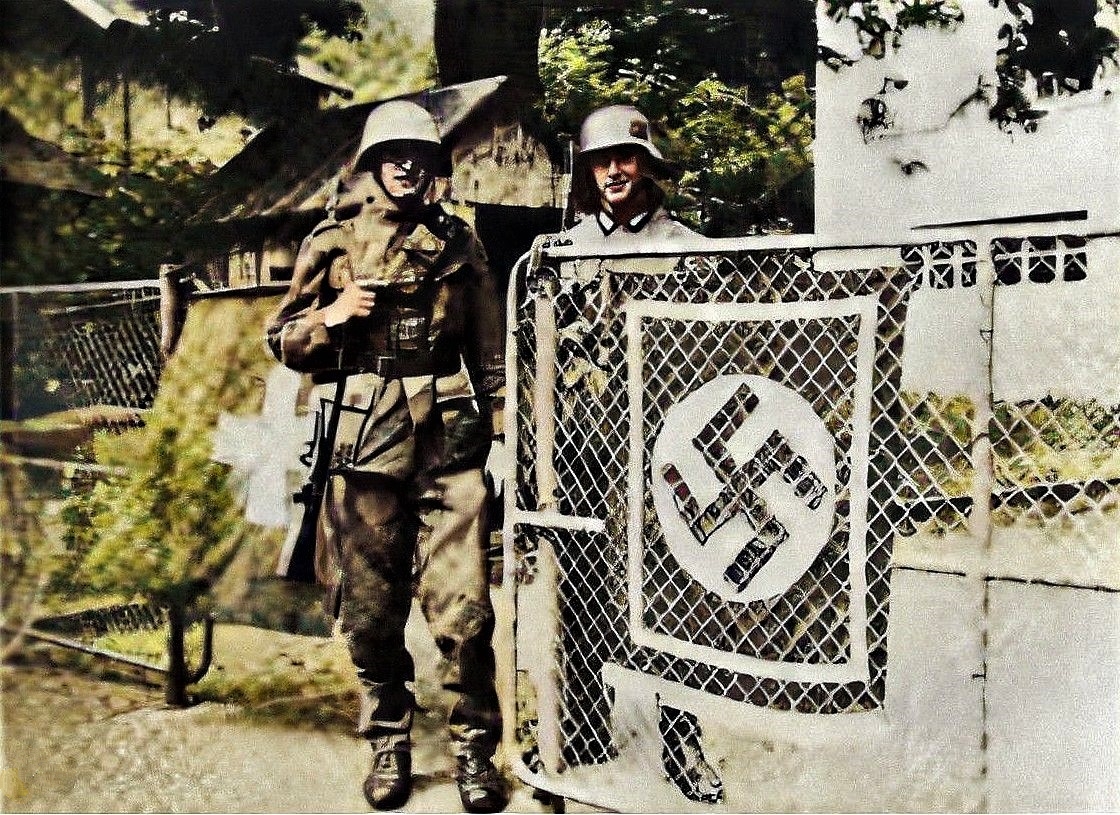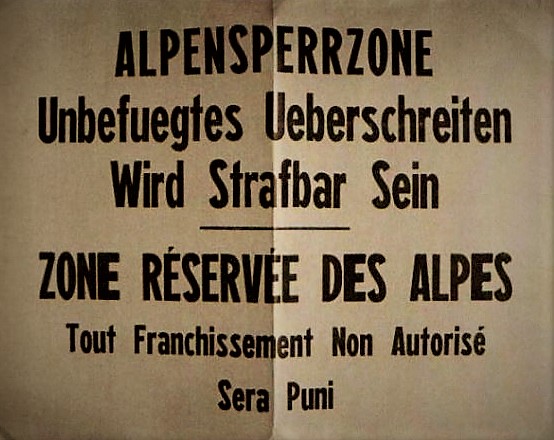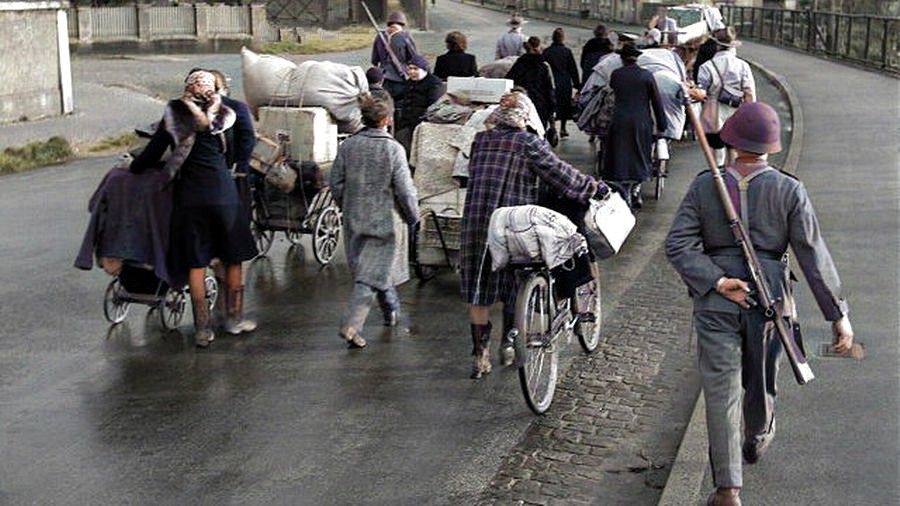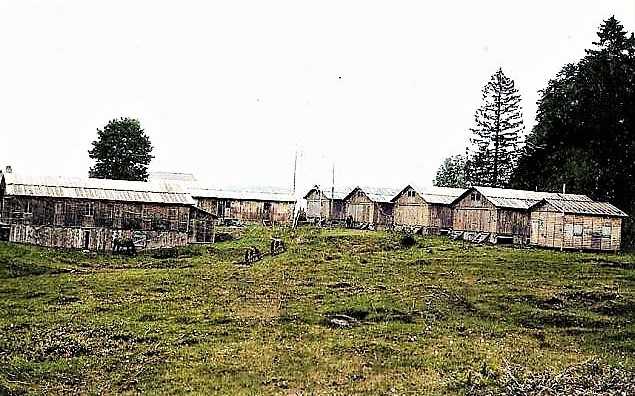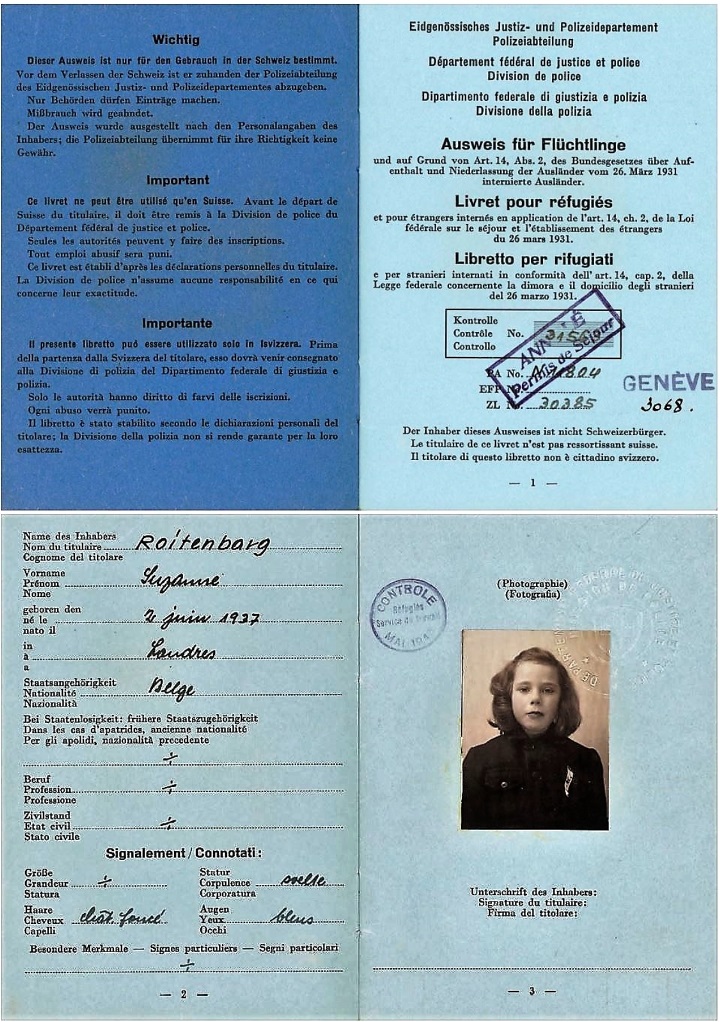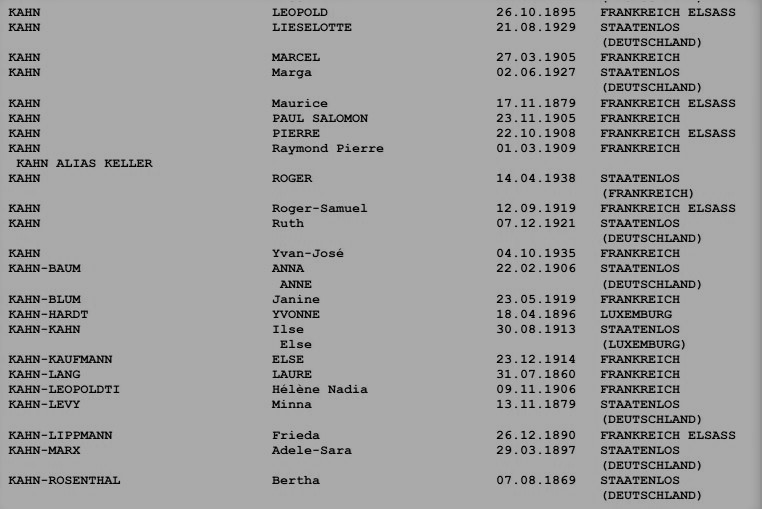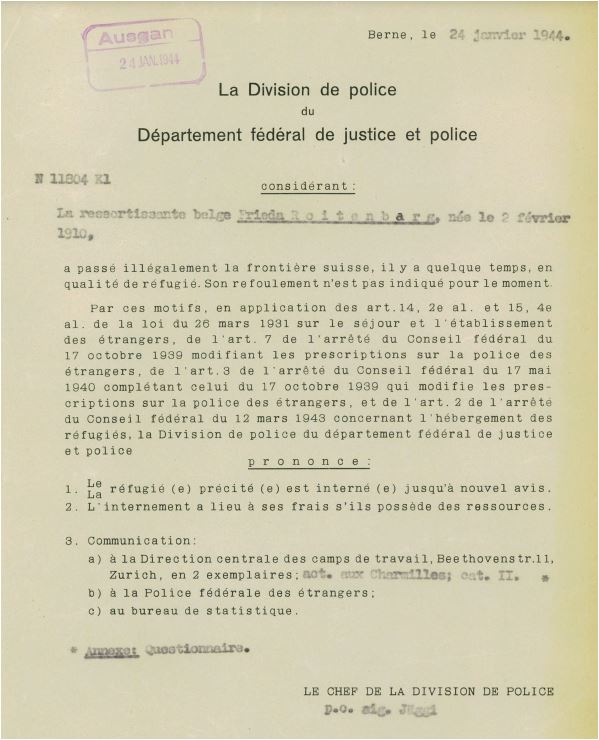Tracing Jewish refugees in Switzerland (1938-1945)
Chronological and cartographic references
How did one get to Switzerland?
- 3 examples taken from our research
- The 3 main channels
Refoulé or refugee?
Where and how to find the traces of a Jewish refugee in Switzerland?
- Lists of names
Obtaining a complete nominative file
Chronological and cartographic references
22 June 1940
Following the armistice of June 22, 1940, Switzerland was encircled by the German-Italian forces, except for the borders with Vichy France (southern zone)
November 11th, 1942
Three days after the landing of the Allied forces in North Africa, Germany invaded the southern zone (Vichy France) and closed the French-Swiss border.
The part of this former southern zone bordering Switzerland (the left bank of the Rhone) was subjected to several successive occupations: German occupation until the beginning of January 1943, Italian occupation until September 8, 1943, then German occupation again until the Liberation.
How is it possible to cross into Switzerland?
3 examples from our researches
• A very expensive smuggling network from Nice (Alpes-Maritimes department – southern zone) to the canton of Geneva
(Research carried out by Vincent Vagman for the S family)
Jacob S (Jewish emigrant from Poland to Belgium before 1940) found refuge in Nice with his family. But the Jews were hunted down by the French (Pétain) in the southern zone.
Jacob S paid an exorbitant price (several thousand French francs) to cross into Switzerland with his family.
A network took them by train from Nice to the border. On the evening of September 21, 1942, they discreetly left the small border town of Thonon-les-Bains, climbed into a small forest with their suitcases in hand, then reached a river (the Hermance) and crossed it in the dark.
The smuggler has disappeared when Swiss guards are waiting for them on the other side with their flashlights.
• A chain of care from Antwerp through the Department of Doubs to the canton of Jura
(Research conducted by Vincent Vagman for the L family)
Herman L, his family and a small group of about ten Jews left Antwerp on August 3 or 4, 1942 with a few suitcases and false identity papers. They headed for Epinal (Vosges) and then the Doubs department near the Swiss border.
They paid their smuggler and then crossed the Doubs, which marked the border in a scattered order. As soon as they crossed the border on August 6, all the members of the group (including children) were immediately arrested. The Swiss military gendarmerie detained them for questioning. Everyone was allowed to stay in Switzerland. Herman L even became a camp leader.
The archive file includes police reports detailing the arrest, the money held by Herman L, photos and his network of acquaintances in Switzerland.
• Crossing the border with the help of the French resistance in the southern zone to the Geneva train station
(Research by Vincent Vagman for the S family)
Marcel H (20), his sister Fanny Paul (13) and his brother Paul (11) understood that their parents had been rounded up by the French gendarmerie on August 26, 1942. Their survival in the underground seems inconceivable without the complicity of benevolent and organized people.
The proof is this safe-conduct kept in his personal documents. It comes from the prefecture of the Alpes maritimes (!) and is valid until October 7, 1942. In fact, it is a document issued by the resistance.
On the following November 4, Marcel, Paul and Fanny disembarked safely at the Eaux-Vives station in Geneva. Marcel later said that they had hidden in the locomotive with the help of railway workers. Indeed, the railwaymen of the Annemasse-Eaux-Vives line managed to get 88 Jewish fugitives into their locomotive by dressing them up in blue.
3 kinds of channels to cross the border
Who helps to cross the border ?
The organization of the flight to Switzerland corresponds to the great roundups and deportations that began in the summer of 1942 (Netherlands, Belgium, occupied and non-occupied France).
- The lucrative channels: very expensive smugglers
- Humanitarian channels: clandestine organizations (Jewish resistance, or which sometimes already ensure a catch in Belgium) or official organizations (sometimes religious – Protestants) which often practice the falsification of identity documents to increase the chance of being admitted to Switzerland as refugees.
- The Swiss channel of non-refoulement: registration on a list of « non-refoulement » of guarantors in Switzerland.
Expelled or refugees
Refoulements at the border
Switzerland :
- prohibits the entry of victims persecuted by the National Socialist regime
- refuses to consider applications for asylum.
After the defeat of France, asylum seekers who could not transit to unoccupied France had little chance of being accepted.
From the summer of 1942 onwards, with the mass roundups in all French and Belgian territories, Switzerland became a last chance of salvation for those who managed to get there.
- Despite the official closure of the borders, on the ground, refugees were not always turned back. More favorable instructions were sometimes given by other official Swiss authorities (cantonal, …)
In other cases, the Swiss authorities handed over to the Germans the Jews they had caught at the border. Sometimes, however, they knew the fate that awaited the Jews who had been turned back.
Welcoming refugees
-
mainly benefits fugitives who are sufficiently wealthy, who have family in Switzerland, or who are taken in by organized networks
-
is part of a military organization
is based on the principle of a ban on gainful employment and the obligation to work.
- The men
Men who were fit for work were grouped in various camps and subjected to manual labor in the open air.
Men who were totally or partially unfit for work (health, age) were placed in internment homes (often requisitioned hotels).
- Women
Women who were fit for work were placed in women’s homes and were assigned to do laundry, ironing, repairing and mending the clothes of men in the labor camps in the area.
Those who were mothers were usually placed in homes for women and children. They could see their children several times a day. The children were cared for by nurses assisted by female staff who were themselves interned.
- The children
The majority of children were separated from their parents and were housed in homes specially assigned to them or, in a few cases, in foster families.
Where to find the traces of a Jewish refugee in Switzerland?
List of names online
Files with lists of Jewish refugees in Switzerland are available online:
- On jewishgen
- On the website of the Holocaust Memorial Museum in Washington, D.C. (see the list of Holocaust Survivors and Victims for Switzerland, then by name)
The case of the canton of Geneva
The archives of this canton are the best preserved concerning refugees.
Lists contain the name(s), surname(s), date of birth and nationality(ies) of more than 25’000 persons controlled at the French-Genevan border during the Second World War.
The lists are presented in alphabetical order. They reflect the status of the database as of July 30, 2009 and currently include 25,604 persons. They are updated periodically.
Find a complete name record
The Swiss Federal Archives keep personal files constituted between 1936 and 1946 (series N composed of 45,000 refugee files of the Federal Police Division).
Their consultation makes it possible to reconstitute the circumstances of arrival (clandestine passage …, of stay (successive camps … and of departure after the liberation (destination …)
How to obtain a refugee file from the Swiss Federal Archives ?
These files are available on order in scanned version (free for descendants)
- Avoid using their website (not very friendly)
- Send an e-mail (or phone) specifying the names, first names, dates of birth
- Ask to order and receive a complete scanned file
For further information
It is possible to download an inventory with description of the Swiss Federal Archives (PDF) : Refugee files 1930-1950

